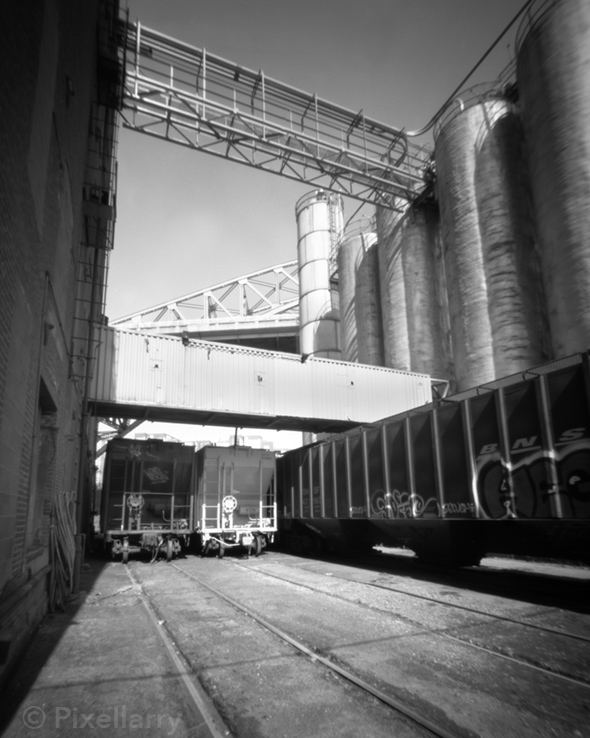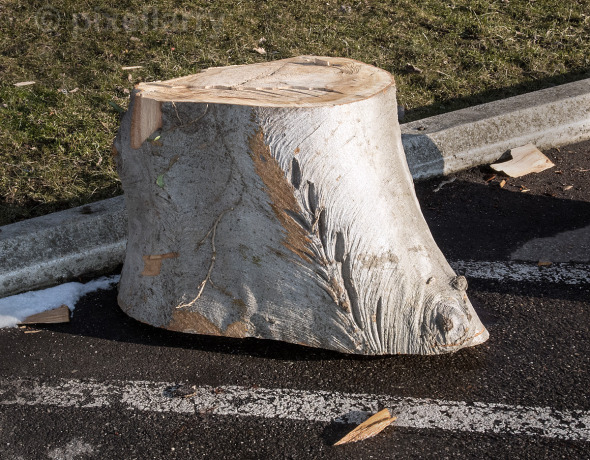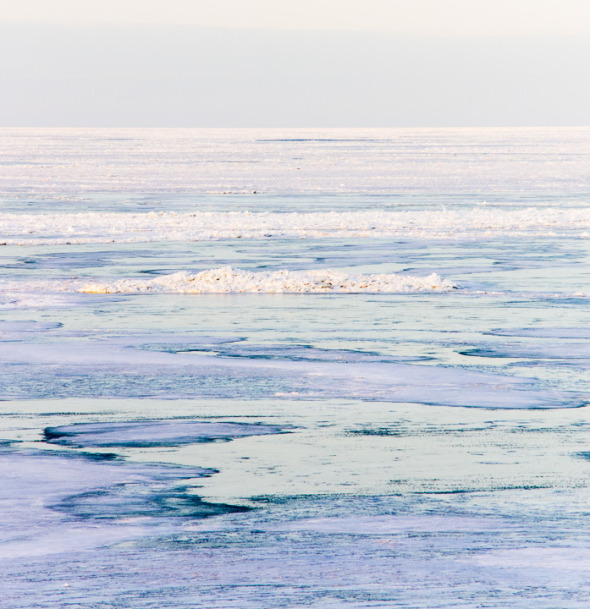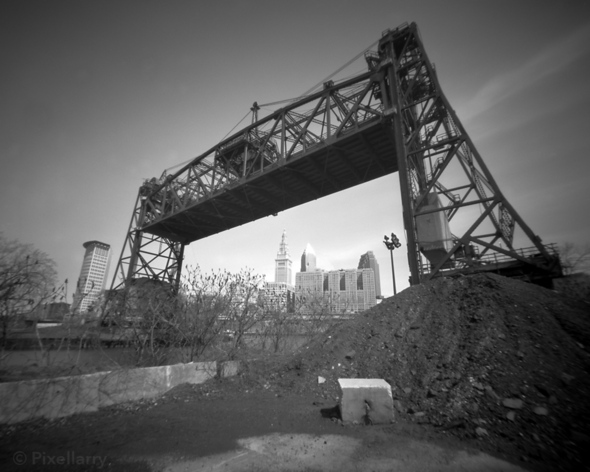 ART LOVERUntil I began to have my work in galleries, or other venues, I rarely gave any thought whether or not I had a visual style.
ART LOVERUntil I began to have my work in galleries, or other venues, I rarely gave any thought whether or not I had a visual style.
It seems important to others to place a label on what I do. So when someone asks me what my photographic style is now I usually respond with a flippant “whatdaya got?” or “today, or last week?”. If we happen to be in view of my work, I would offer, “you tell me.”
The truth is, I have interests in so many places (photographically) that I just can’t label it. I work with pinhole, digital, medium format and 35mm film, and iPhone cameras. I like landscape, sports, street, editorial and bird photography. And then there is post-processing whether in Photoshop, Lightroom, an iPhone app or a real wet darkroom. I love to “colorize” images, as well as inset an historic photo into the same modern-day viewpoint. On occasion I make a "Reconstructions," taking multiple photos from the same point and re-assembling them on the computer. And I would guess that before I hang it all up I’ll have done some wet plate work. I hope.
As a beginner I learned from Diane Arbus, Henri Cartier-Bresson and Elliott Erwitt before discovering Robert Frank, Alexander Gardner, Edward Steichen, Ansel Adams, Robert Capa and so many more. Did they influence me? Of course.
Aside from the last fifteen years or so, I feel my most productive period was in the 1970’s, when I worked as a newspaper staff photographer in Iowa, New Jersey and Mississippi. In between was a 20-year stint as a picture editor and director of photography at newspapers and I confined my photography to family photos, with an occasional exception for breaking (we called it “spot”) news or filling in when the staff was short. During the 1970’s I felt I had a style that was graphically strong, relied on juxtaposition, depth (layering) and humor. All in black and white.
So when I was editing my pictures from a recent trip to D.C., I showed my business partner, Al, a photo I had taken at the National Gallery of Art after viewing the Gary Winogrand exhibition. I was waiting on a bench between the gift shop and the cafe, across from the Ladies room. I saw this image (above), laughed, and made a photo. The original was in color but it didn’t feel to me like a color photo. Al said to me, “that’s the first photo I’ve seen you make in fifteen years that looks like your old work.”
I agree, and it made me happy.
Getting back on track
The last Sunday in April is the annual event know as Worldwide Pinhole Photography Day. I have participated for several years. In short, pinhole photographers from around the world are invited to make a photo on that day and upload it to their gallery. No contest, no prizes, just an amazing showcase. As I write this, there have been, 2,255 images uploaded to the gallery. Only one entry per person.
Last year was an epic fail. I spent the entire day trying to find a photo, traveling west to some nature preserves along Lake Erie. I made a few exposures, but they just weren’t very good.
This year I knew I wanted to go to the Flats section of Cleveland. I have a show this summer and wanted to include some fresh Cleveland images. In the end, I uploaded a photo that broke every rule of composition, but something just felt right about it (below). The photo above was the last I made that day, but thought it a bit cliche.
Since our BW lab in town closed over a year ago, I’ve had to return to processing my own film. This is a good thing. The results were good, although it took me way too long to load the 4x5 sheets into the tank holder in a changing bag, and my environment was less than dust free. Glad to get back on track with this camera.
Geek speak: I use a Robert Rigby pinhole camera which accepts 4x5 film carriers. The focal length is approximately a 21mm view. The aperture is approximately f 256. Exposure approximately six seconds on Kodak TMax 100 film, processed in Ilford Ilfosol 3. Negatives were scanned on an Epson V750 flatbed scanner, then cleaned up and toned in Photoshop CC.
Seeing the elephant ('s foot)

So I was walking along and I saw an elephant's foot. It made me laugh.
It seems that being a photographer is both a curse and a blessing. Sometimes you see and think about things you don't want to see or think about.
Let's say you're at a party and your significant partner is really having a good time. They sidle up along side and say something like, "nice party, huh?" And you respond, "great, but the lighting in this corner really sucks. You'd think they could put in a little track lighting to accent this area."
You realize your error but it's too late, still thinking "nice low ceiling, a bounce flash would cover most of it and maybe just a little unit tucked low in the back for a little rim light."
So if you think photographers have shifty eyes, they do. They are watching the light, or for a composition to come together, or a visual pun (see Elliott Erwitt, one of my favorites).
We can't help ourselves, as lame as the puns may be.
A subtle transition
 I took this photo about ten days ago, near sunset on partly cloudy day. The ice and snow of Lake Erie were reflecting pastel hues of blue from the sky. Today, it's all water. That was fast. All part of the Awkard season.
I took this photo about ten days ago, near sunset on partly cloudy day. The ice and snow of Lake Erie were reflecting pastel hues of blue from the sky. Today, it's all water. That was fast. All part of the Awkard season.
Just another sunset photo
 From my iPhone 4Today I saw a red and yellow sunset and thought, and thought how insignificant I am! I thought that yesterday too, and it rained. – Woody Allen
From my iPhone 4Today I saw a red and yellow sunset and thought, and thought how insignificant I am! I thought that yesterday too, and it rained. – Woody Allen
